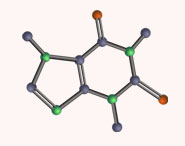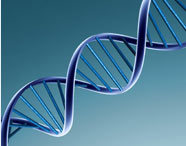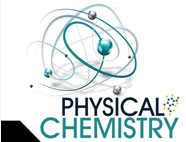


 علم الكيمياء
علم الكيمياء 
 الكيمياء التحليلية
الكيمياء التحليلية 
 الكيمياء الحياتية
الكيمياء الحياتية 
 الكيمياء العضوية
الكيمياء العضوية 
 الكيمياء الفيزيائية
الكيمياء الفيزيائية
 الكيمياء اللاعضوية
الكيمياء اللاعضوية 
 مواضيع اخرى في الكيمياء
مواضيع اخرى في الكيمياء
 الكيمياء الصناعية
الكيمياء الصناعية |
أقرأ أيضاً
التاريخ: 2024-07-12
التاريخ: 1-8-2018
التاريخ: 8-7-2018
التاريخ: 2023-08-22
|
In electron impact (EI) mass spectrometry the molecule is bombarded with highly energetic electrons that knock a weakly bound electron out of the molecule. If you think this is strange, think of throwing bricks at a brick wall: the bricks can’t stick to the wall but can knock loose bricks off the top of the wall. Losing a single electron leaves behind an unpaired electron and a positive charge. The electron that is lost will be one of relatively high energy (the bricks come from the top of the wall), and typically one not involved in bonding, for example an electron from a lone pair.
Thus, ammonia gives NH3 + • and a ketone gives R2C O+ •. These unstable species are known as radical cations, and being charged they are accelerated by an electric fi eld and focused onto the detector, which detects the mass of the ion by how far its path has been deflected by the electric field. It only takes about 20 μs for the radical cations to reach the detector, but sometimes they fragment before they get there, in which case other ions will also be detected. These fragments will always have a lower mass than the ‘parent’ molecular ion, so in a typical mass spectrum we are most interested in the heaviest ion we can see. A typical EI mass spectrum looks like this:
This compound was identifi ed as a pheromone deposited by worker bees when feeding as a marker to deter their colleagues from visiting the same, now depleted, nectar source. Only minute quantities are available for analysis of course, but that doesn’t matter: mass spectrometry is successful even on a microgram scale. The spectrum you see here indicates that the molecule has a mass of 114 because that is the highest mass observed in the spectrum: the molecule is in fact the volatile ketone heptan-2-one.



|
|
|
|
حقن الذهب في العين.. تقنية جديدة للحفاظ على البصر ؟!
|
|
|
|
|
|
|
علي بابا تطلق نماذج "Qwen" الجديدة في أحدث اختراق صيني لمجال الذكاء الاصطناعي مفتوح المصدر
|
|
|
|
|
|
|
ضمن برنامج تأهيل المنتسبين الجدد قسم الشؤون الدينية يقدم محاضرات فقهية وعقائدية لنحو 130 منتسبًا
|
|
|